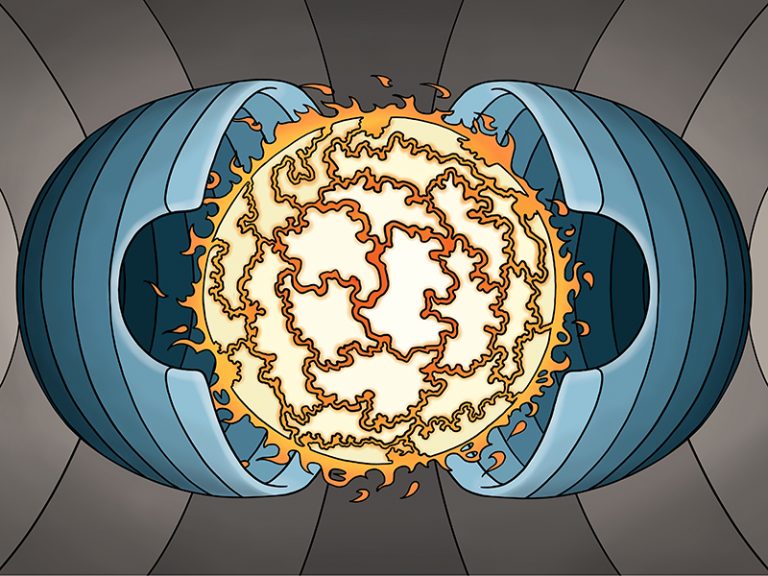Table Of Content

Texture refers to the physical or visual surface of the design or artwork. It can be rough, smooth, hard, or soft to the touch or simply appear that way. Even though most of the shapes here are symmetrical, we can still see some asymmetrical shapes, such as the birds, but are still classed as shapes. Shapes are two-dimensional and can range from simple organic shapes to one's more complex, like geometric shapes.
Visual Weight

Larger shapes will attract more attention than smaller shapes, a collection of small shapes can appear complex and can offset the visual weight of large shapes. Additionally, more complex shapes with more sides and corners hold more visual weight that simpler shapes like squares or circles. In this painting, he uses the highly saturated yellow colour to give the building on the right more visual weight.
Recommended Articles
Game Design, Not Gamification, for Great Products - Andreessen Horowitz
Game Design, Not Gamification, for Great Products.
Posted: Mon, 13 Jan 2020 08:00:00 GMT [source]
The cornerstone of great design is achieving a state of balance. Making sure all of your design elements flow together nicely is a great way to give your work a professional look and feel. Balance is the most common and most important principle of every design. While consistency and repetition are potent design principles, they also risk visual fatigue. Small doses of variety are helpful to ensure that your customers are not lulled to sleep. Patterns also help establish your brand's presence without displaying your logo design or brand name everywhere.
Essential Elements and Principles of Design
When a composition is visually balanced, every part of it holds some interest. The visual interest is balanced, which keeps viewers engaged with the design. Balancing a composition involves arranging both positive elements and negative space in such a way that no one area of the design overpowers other areas.
In either case, the elements are not the same size and not positioned evenly like with symmetrical balance. However, your composition still has a sense of balance while creating visual interest. An asymmetrical composition is intended to create a deliberate imbalance of the elements in the design. Asymmetricality can create tension and give your composition a sense of movement.
Negative Space
White space works well in corporate communication and aesthetic designs created for special occasions. The lesser the matter, the more premium a piece of content is perceived to be. One can also use negative spaces innovatively to say more while saying nothing. In a way, proportions are similar to balance, but it is measured more from the human eye than with guidelines and grids on design software. Proportions are realistic estimates and weights you apply to your content. Pick the best color combinations that fit the mood of a design and pair them judiciously with hues that act as a contrast.
How to Achieve Balance in Design: A Designer’s Perspective

For example, pairing light and dark colors or combining large and small shapes. This principle ensures that important elements stand out and that the overall design is dynamic and engaging. By effectively using contrast, designers can guide viewers' attention to focal points, improve readability, and make the design more memorable. Proper application of contrast contributes significantly to the functionality and aesthetic appeal of a design.
Learn more about the principles of design
“Accidentally” grouping elements which are not conceptually similar will result in confused users. Visual design is about creating and making the general aesthetics of a product consistent. To create the aesthetic style of a website or app, we work with fundamental elements of visual design, arranging them according to principles of design.
The principles of design are essential tools that guide designers and professionals in crafting visually compelling and effective compositions. From balance and contrast to rhythm and unity, each principle plays a pivotal role in enhancing the clarity, appeal, and functionality of designs. By mastering these principles, designers can create works that not only catch the eye but also sustain interest and communicate messages powerfully.
By mastering the balance principle of design, you can transform any space into a visually pleasing and comfortable environment. There is no right or wrong way to achieve balance in a design, painting, photograph etc. Critical analysis of all variety of visual art helps sharpen your ability to juggle and shift elements to achieve visual balance. Balance is the principle governing how we distribute the elements of a design evenly. Balanced designs tend to appear calm, stable and natural, while imbalanced designs make us feel uneasy. Unity has to do with creating a sense of harmony between all elements in a page.
7 Lagom Design Principles That Make Scandinavian Homes Happier - Better Homes & Gardens
7 Lagom Design Principles That Make Scandinavian Homes Happier.
Posted: Mon, 10 Jan 2022 08:00:00 GMT [source]
Another way to achieve balance is to increase or decrease the size of the design elements. The larger the size of the design elements, the heavier the visual weight will be. Another great way to create a balanced feeling design is by positioning the elements in the design just right. This is also one of the prime examples of asymmetrical balance, where many little elements on one side of the design can balance out one large element on the other. Now, chances are you’ve heard of the most common type of balance which is symmetry.

No comments:
Post a Comment